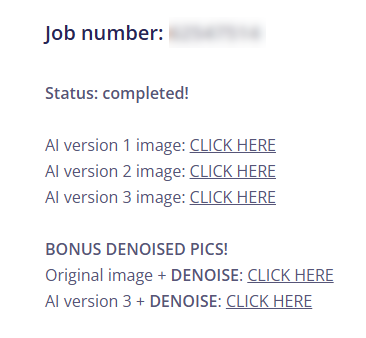From time to time I like to try out software that I come across that makes use of AI and has the potential for inclusion in my astronomical image processing workflow. StarFixer is a Deep Artificial Neural Network, trained to detect and fix elongated stars in astronomical images, it also reduces the sizes of stars. Starfixer can produce a processed image up to 4000x4000 pixels whilst preserving its aspect ratio. Within the past few days, a denoising funtionality has been added to Starfixer.
The Starfixer project dates back to 2020 and has steadily progressed to the present day.
The developer, Filippo, a 39 years old Italian (at the time of writing), is a computer engineer with a passion for artificial intelligence and astrophotography. He began studying AI when it was (in his own words) still considered futuristic and primarily for nerds.
Starfixer is quite responsive with a simple to use web interface. An image (in png (8 or 16 bit) or jpg format) is uploaded to the system. A link to the results page is provided. The speed of the process depends on the dimensions of the image. The results page has to be refreshed manually and when the processing is complete, the results from three models V1, V2 and V3 are provided to be seen in separate tabs as well as denoising results that are discussed below. You can examine and download any or all of the the three results as a png file. At the moment, whether the input image is 8 bit or 16 bit, the output image is 8 bit. Filippo tells me that he is working on full 16 bit compatibility.
Starfixer is freeware/donationware which is a form that I prefer. Donating the price of a cup of coffee now and again is a good way of supporting the project as well as keeping Filippo awake during the long coding nights.
A series of animations of before and after Starfixing images.
Testing the denoising functionality of Starfixer
The test image is a SeestaS50 image comprising a 2 minute stack of 10s exposures. The stars are clear but the image is noisy.
When an image is uploaded to Starfixer at the moment; when processing is completed, the results page contains these options for viewing the results:







